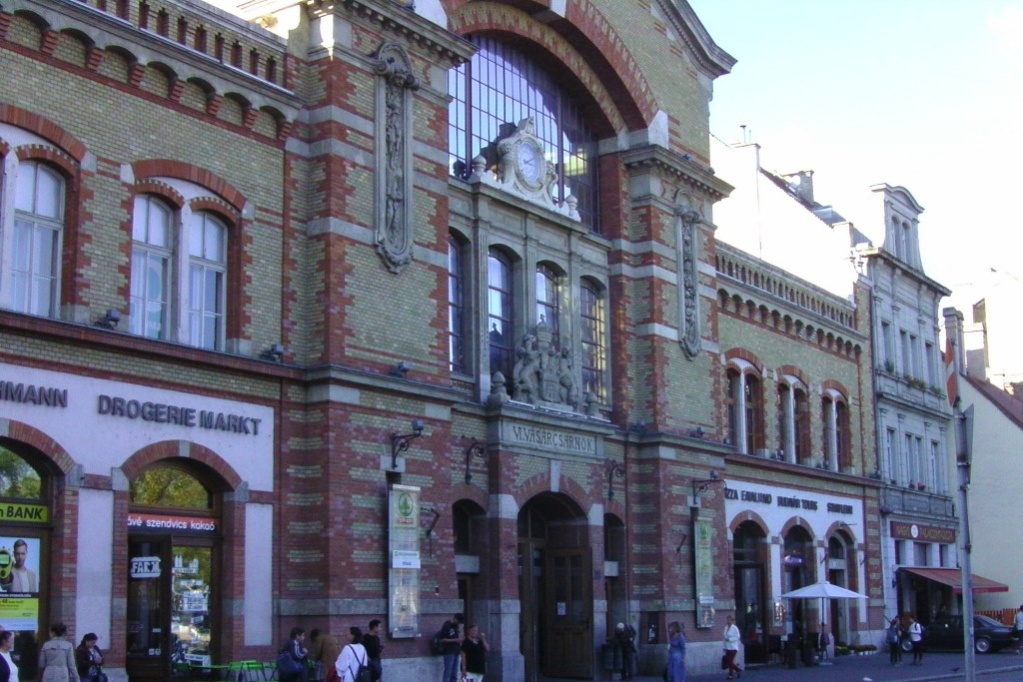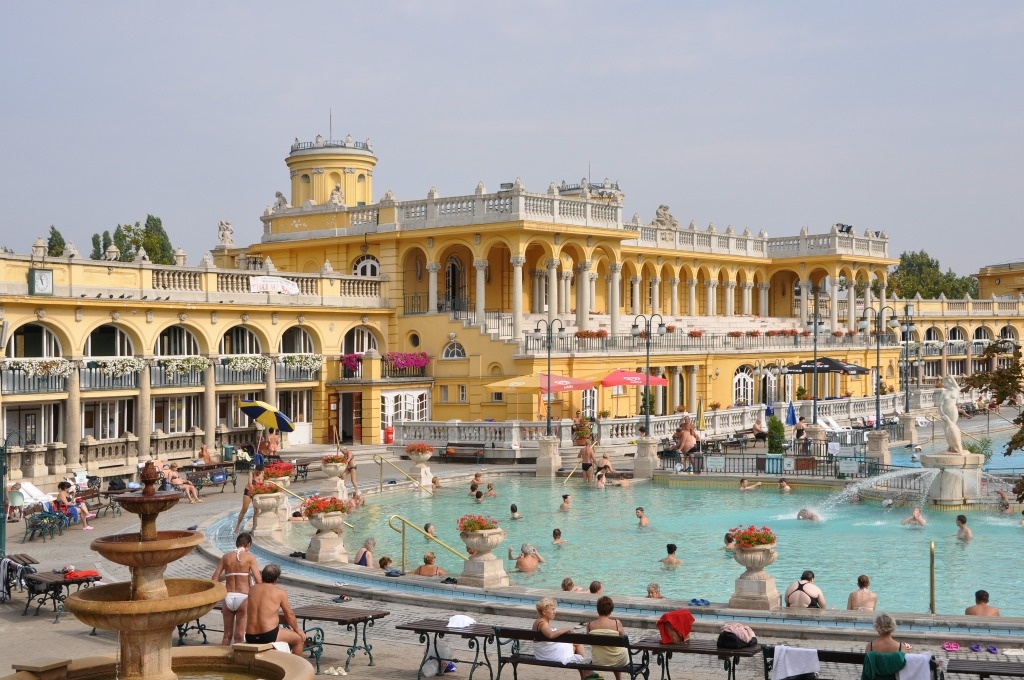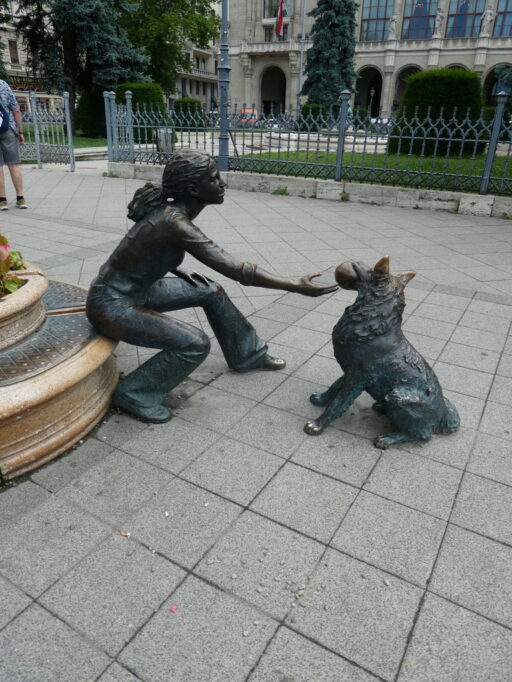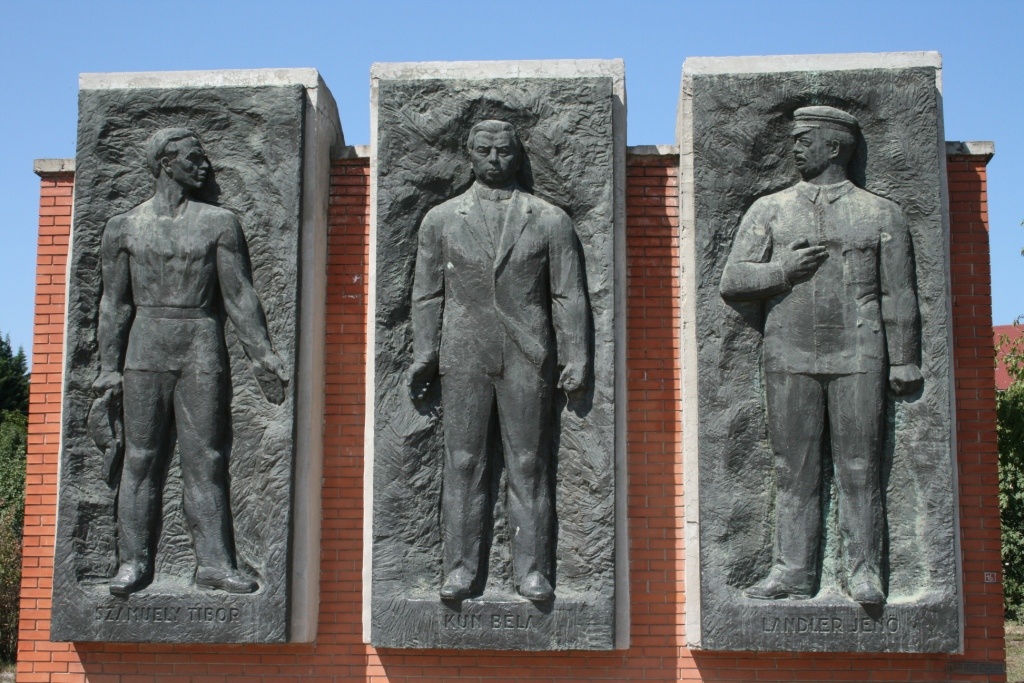Budapest Hungary Travel Guide - A Vagabond Life
Budapest Hungary Travel Guide: Discover top attractions, hidden gems, and expert tips for an unforgettable visit to Hungary’s vibrant capital. Start your adventure hereBudapest, the capital of Hungary, is a city of stunning contrasts and vibrant culture, often referred to as the “Paris of the East.” Divided by the majestic Danube River, Budapest is a blend of historic charm and modern vibrancy, offering an array of experiences for travelers.
Geography and Attractions: Budapest is distinguished by its two distinct parts: Buda and Pest. Buda, on the west bank of the Danube, is known for its hilly terrain and historic landmarks, including the Buda Castle and the Fisherman’s Bastion. These sites provide panoramic views of the city and are steeped in centuries of history. Pest, on the east bank, is characterized by its bustling streets and vibrant nightlife. Here, you’ll find the impressive Parliament Building, the elegant Andrássy Avenue, and the lively Váci Street, known for shopping and dining.
History: The city’s history dates back to Roman times when it was known as Aquincum. The modern city was formed by the unification of three towns—Buda, Pest, and Óbuda—in 1873. This rich history is reflected in its diverse architecture, ranging from Gothic and Baroque to Art Nouveau. The influence of the Austro-Hungarian Empire is particularly notable, with grand buildings like the Hungarian State Opera House and the Szechenyi Thermal Baths showcasing the city’s imperial past.
Culture and Cuisine: Budapest’s cultural scene is vibrant, with numerous museums, theaters, and festivals. The city is also renowned for its thermal baths, such as the Gellért Baths and Széchenyi Baths, which offer a unique and relaxing experience. Hungarian cuisine is another highlight, with dishes like gulyás (goulash), pörkölt (stew), and langos (fried bread) showcasing the rich flavors of the region. The city’s coffeehouses, such as Café Gerbeaud, add a touch of elegance and tradition to Budapest’s culinary landscape.
Budapest Hungary Map: Budapest Hungary Travel Guide
Getting To Budapest Hungary: Budapest Hungary Travel Guide
Budapest, Hungary’s vibrant capital, is easily accessible from various international and domestic locations. The primary gateway to the city is Budapest Ferenc Liszt International Airport (BUD), located approximately 16 kilometers (10 miles) southeast of the city center. This well-connected airport serves numerous airlines and offers direct flights from major cities in Europe, Asia, and North America. Upon arrival, travelers can reach the city center by taking the 100E airport shuttle bus, which provides a direct connection to downtown Budapest, or by using a taxi or ride-sharing service. The journey by shuttle bus takes about 35 minutes.
For those traveling from within Hungary, Budapest is well-served by train and bus services. The city’s main train stations, Keleti, Nyugati, and Déli, are connected to various regional and international destinations. High-speed trains from cities such as Vienna, Bratislava, and Prague frequently arrive at these stations, making it convenient for travelers coming from neighboring countries. Additionally, long-distance buses operated by companies like FlixBus and Eurolines offer affordable connections from other European cities.
Driving to Budapest is also an option, with major highways connecting the city to neighboring countries. The M1 and M3 motorways link Budapest to Vienna and Slovakia, while the M7 connects it to Croatia. However, be aware that parking in the city center can be challenging, and public transport is often a more practical choice for getting around.
Getting Around Budapest Hungary: Budapest Hungary Travel Guide
Budapest is known for its efficient and comprehensive public transportation system, making it easy to navigate the city. The Budapest Metro consists of four lines—M1 (Yellow), M2 (Red), M3 (Blue), and M4 (Green)—each serving different parts of the city. The metro is a quick and convenient way to travel, with stations located near major attractions and neighborhoods.
In addition to the metro, the city’s bus and tram networks provide extensive coverage. Trams are especially useful for sightseeing, with lines like the No. 2 tram offering picturesque views along the Danube River. Buses cover areas not served by the metro or trams, and night buses operate for late-night travel.
Budapest also features a bike-sharing system called Bubi, which allows visitors to rent bicycles for short trips around the city. For a more leisurely exploration, walking is a great option, particularly in the city center, where many attractions are within easy reach of each other.
Taxis and ride-sharing services like Bolt and Uber are readily available and offer a convenient way to get around, especially if you need to travel outside the central areas. Tickets for public transport can be purchased at kiosks, metro stations, or via mobile apps, and a Budapest Card offers unlimited travel on public transportation as well as discounts on various attractions.
Overall, Budapest’s well-organized public transport, combined with its walkable city center, makes it easy for visitors to explore and enjoy all that this beautiful city has to offer.
Things To See & Do In Budapest Hungary: Budapest Hungary Travel Guide
Castle Hill Budapest Hungary
Castle Hill, or Várhegy in Hungarian, is a historic district in Budapest that rises majestically on the west bank of the Danube River. It is renowned for its stunning architecture, panoramic views, and its role as the heart of Budapest’s medieval past. This UNESCO World Heritage site is a treasure trove of historical and cultural landmarks, making it a must-visit for anyone exploring the city.
At the summit of Castle Hill stands the Buda Castle, a grandiose complex that has been the seat of Hungarian kings and a symbol of the nation’s regal history. The castle, with its Baroque architecture and impressive courtyards, houses the Hungarian National Gallery and the Budapest History Museum, offering insights into the country’s artistic and historical evolution.
Adjacent to the castle is the Fisherman’s Bastion, an ornate terrace that provides breathtaking panoramic views of Budapest and the Danube River. Its fairy-tale-like towers and battlements offer a perfect spot for photography and contemplation.
Castle Hill is also home to the Matthias Church, known for its stunning Gothic architecture and colorful tiled roof. The church, with its richly decorated interior and historic significance, is a focal point of the district.
Wandering through Castle Hill’s charming, cobblestone streets, visitors will find quaint cafes, artisan shops, and historic buildings, all contributing to the area’s enchanting atmosphere. The district’s blend of history, architecture, and scenic beauty makes it one of Budapest’s most captivating areas.
Memento Park Budapest Hungary
Memento Park, located on the outskirts of Budapest, is a unique open-air museum dedicated to the era of communist rule in Hungary. Established in 1993, the park serves as a poignant reminder of the country’s socialist past, showcasing a collection of statues and monuments that once adorned public spaces during the communist regime.
The park features a striking assemblage of monumental sculptures, including statues of prominent communist figures such as Lenin and Marx, as well as Hungarian leaders like János Kádár. These pieces, which were removed from public spaces following the fall of communism, are now preserved in Memento Park, offering visitors an opportunity to reflect on Hungary’s political history and its transition to democracy.
One of the park’s most notable exhibits is the “Liberation Monument”, a towering sculpture that symbolizes the Soviet liberation of Hungary during World War II. The park also includes a museum and a film pavilion, where visitors can learn more about the history of communism in Hungary through multimedia presentations and historical documentaries.
Memento Park’s atmosphere, blending historical reflection with an outdoor museum experience, provides a unique and thought-provoking visit. It’s an essential destination for those interested in understanding Hungary’s 20th-century history and the impact of communism on the nation.
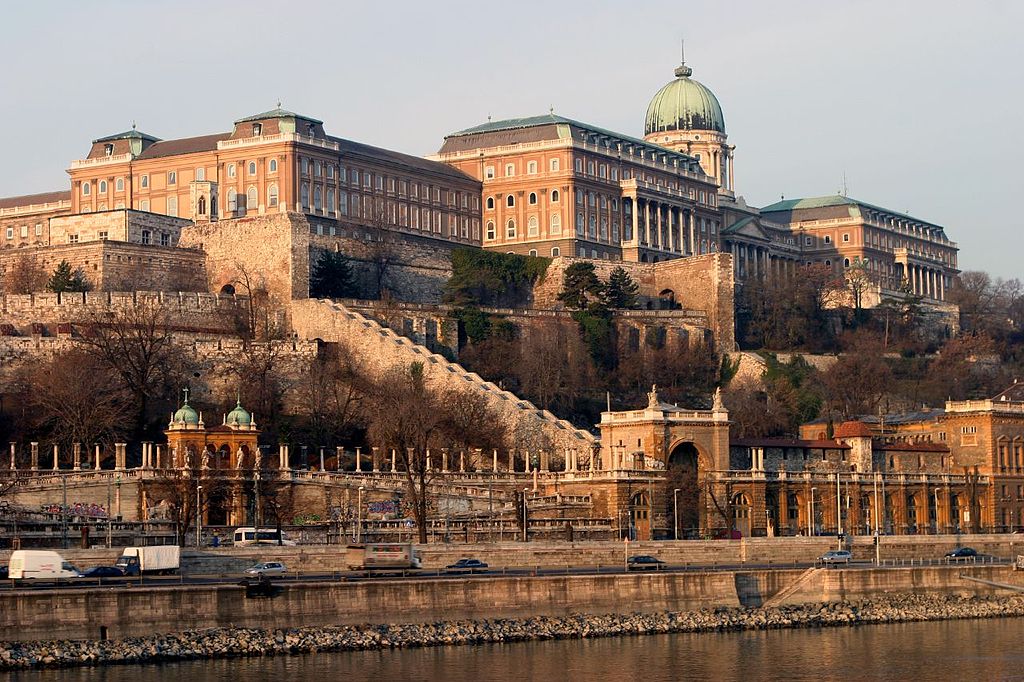
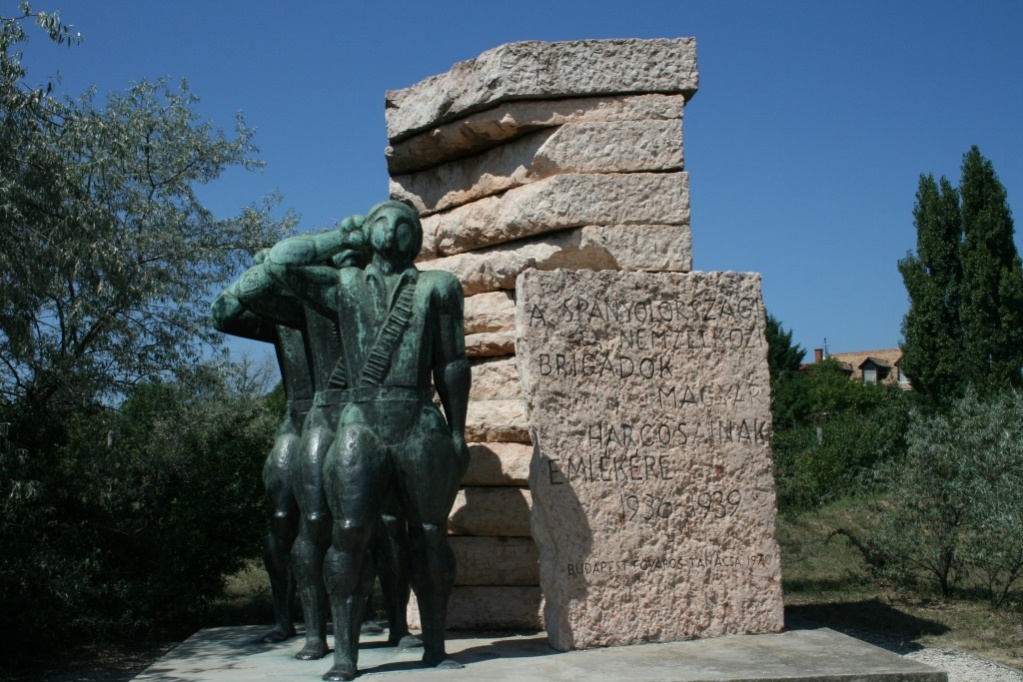
Budapest Opera House Budapest Hungary
The Budapest Opera House, or Magyar Állami Operaház in Hungarian, stands as one of Hungary’s most prestigious and historic cultural landmarks. Situated on Andrássy Avenue in the heart of Budapest, this opulent building is renowned for its exquisite architecture and significant contributions to the world of opera and classical music.
History and Architecture: Designed by the renowned architect Miklós Ybl, the Opera House was inaugurated in 1884. Ybl’s design, influenced by the Renaissance and Baroque styles, combines grandeur with elegance, featuring intricate ornamentation, a richly decorated façade, and a stunningly detailed interior. The building’s lavishly adorned main hall, with its ornate ceiling, gilded accents, and plush seating, reflects the opulence of late 19th-century European theater architecture.
The Opera House has been a central hub for Hungary’s musical and cultural life since its opening. It has hosted numerous world-class performances and has been the venue for many significant premieres, including works by Hungarian composers such as Zoltán Kodály and Béla Bartók. Over the years, it has welcomed some of the greatest names in opera and classical music.
Cultural Impact: The Budapest Opera House is not only a symbol of Hungary’s rich artistic heritage but also an active center for contemporary performances. Its repertoire spans a wide range of operas, ballets, and concerts, showcasing both classical masterpieces and innovative new works. The institution’s commitment to both preserving traditional repertoire and exploring new artistic directions makes it a dynamic force in the world of performing arts.
Visiting the Budapest Opera House offers a glimpse into Hungary’s cultural past and present, with tours available for those interested in exploring its stunning interiors and learning more about its storied history. Whether attending a performance or simply admiring its architectural splendor, the Opera House remains a highlight of Budapest’s cultural landscape
Budapest Parliament Building Budapest Hungary
Relatively young in terms of European buildings at just over 100 years the Budapest Parliament building is built in the Neo-Gothic stylewith snippets of Renaissance and Baroque characters.
The Budapest Parliament building is the third largest Parliament building in the world. Guided tours of the Parliament are available when the National Assembly is not in session.
The tour takes about 45 minutes, and is well worth the price, as it covers the main entrance stairs and hall, one of the lobbies, the old House of Lords and the Hungarian Crown Jewels. Getting to the Parliament Building: Take the Subway (M2) to Kossuth tér, or Streetcar 2, which runs along the Pest riverfront and has a stop at Kossuth tér
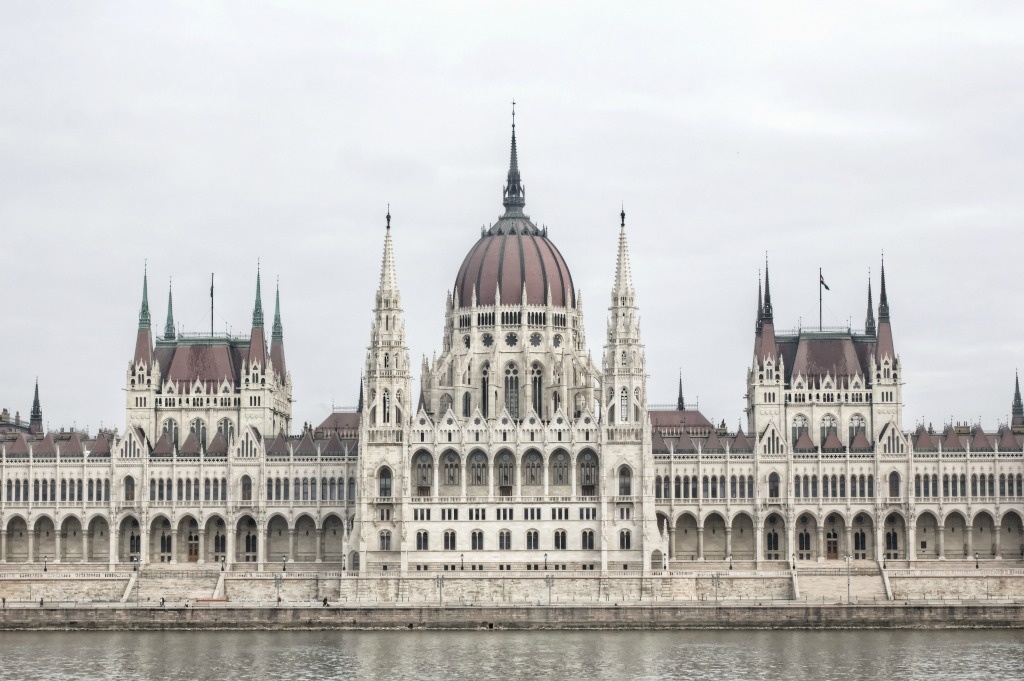
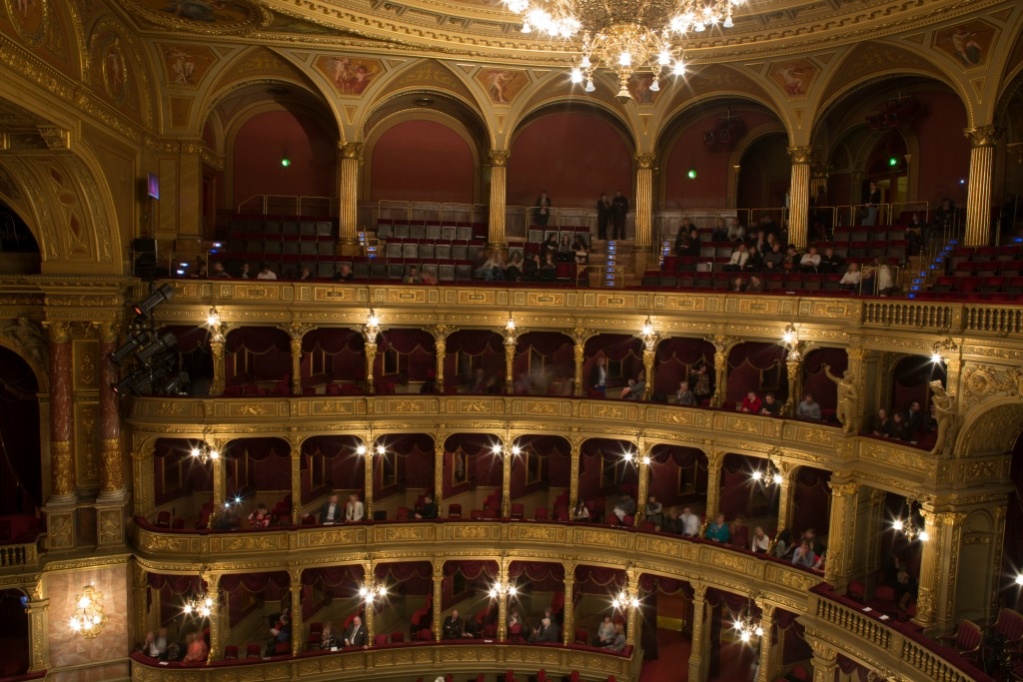
Budapest Baths Budapest Hungary
The Budapest baths, a treasured jewel of the city, offer a unique and rejuvenating experience. With a history dating back centuries to the Roman era, these thermal baths are a testament to Budapest’s love affair with its natural geothermal springs. The iconic Széchenyi Thermal Bath, Gellért Thermal Bath, and Rudas Thermal Bath are just a few of the city’s renowned establishments, each showcasing exquisite architecture and healing waters. Whether you seek relaxation in warm, mineral-rich pools or the therapeutic benefits of various spa treatments, these baths provide a soothing sanctuary amidst the bustling city, making them an essential part of any Budapest visit.
Central Market Hall Budapest Hungary
The Central Market Hall (Központi Vásárcsarnok) wasuilt at the end of the 19th century and is a treasure trove of Hungarian goodies and delicacies.
Over three levels you will find n the ground floor, sausages, meats, cheeses, fruits and vegetables. On the second floor, there more food stands along with handicrafts, clothing, embroidery and other souvenirs. The basement houses the fish market.
Getting to the Central Market Hall: Take Streetcars 2, 47 or 49 to Fővám tér
